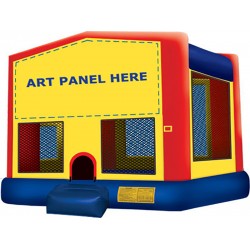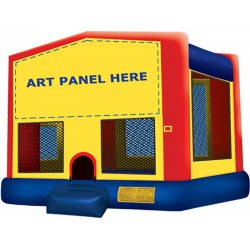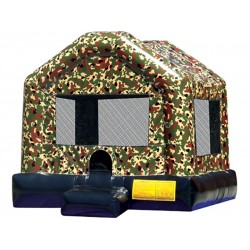What Are the Key Considerations for Transporting Inflatable Castles Across Canadian Provinces?

Transporting inflatable castles across Canadian provinces involves careful planning and consideration to ensure the safety and integrity of the equipment. Whether you're moving the inflatable for events, rentals, or sales, here are some key considerations to keep in mind:
1. Proper Packing and Protection
Ensure that the inflatable castle is properly packed to avoid damage during transit. Use protective covers and padding to shield the inflatable from potential impacts, abrasions, and environmental elements. Properly fold and secure the inflatable to minimize movement within the transport vehicle.
2. Vehicle Requirements
Select a vehicle that can accommodate the size and weight of the inflatable castle. Ensure that the vehicle is clean and free of sharp objects or debris that could damage the inflatable. Depending on the size, a large van, truck, or trailer may be required to transport the inflatable safely.
3. Weather Considerations
Canada experiences diverse weather conditions, from heavy snowfall in the winter to high heat in the summer. Plan the transport route and timing to avoid extreme weather conditions that could impact the safety and condition of the inflatable. Protect the inflatable from rain, snow, and excessive heat during transport.
4. Loading and Unloading Procedures
Implement safe loading and unloading procedures to prevent damage to the inflatable and ensure the safety of those handling it. Use appropriate equipment, such as dollies or forklifts, and employ trained personnel to handle the inflatable castle. Avoid dragging or dropping the inflatable during the process.
5. Inspection and Maintenance
Before and after transportation, inspect the inflatable castle for any signs of damage or wear. Perform necessary maintenance or repairs to address any issues. Regular inspections help ensure that the inflatable remains in good condition and is safe for use.
6. Documentation and Permits
Ensure that you have the necessary documentation and permits for transporting the inflatable castle across provinces. This may include proof of ownership, insurance, and compliance with any regional regulations or requirements related to transporting large or commercial equipment.
7. Communication with Recipients
Coordinate with the recipient or destination to ensure they are prepared for the arrival of the inflatable castle. Provide them with details about the expected delivery time, any special handling instructions, and ensure that they have the necessary space and equipment for unloading and setup.
8. Insurance Coverage
Consider obtaining insurance coverage for the transport of the inflatable castle. Insurance can provide protection against potential damage or loss during transit, giving you peace of mind and financial protection in case of unforeseen events.
By addressing these key considerations, you can ensure a smooth and successful transport process for inflatable castles across Canadian provinces, maintaining the quality and safety of the equipment throughout its journey.



